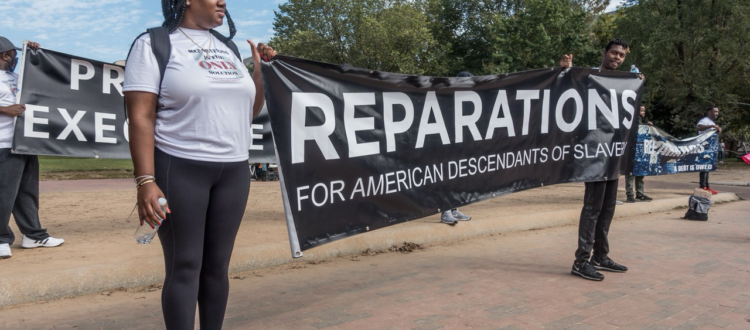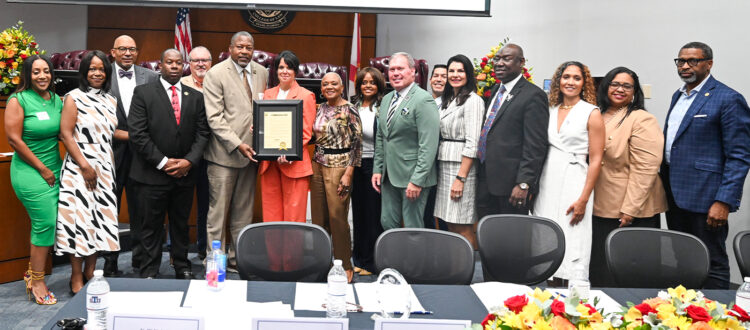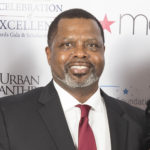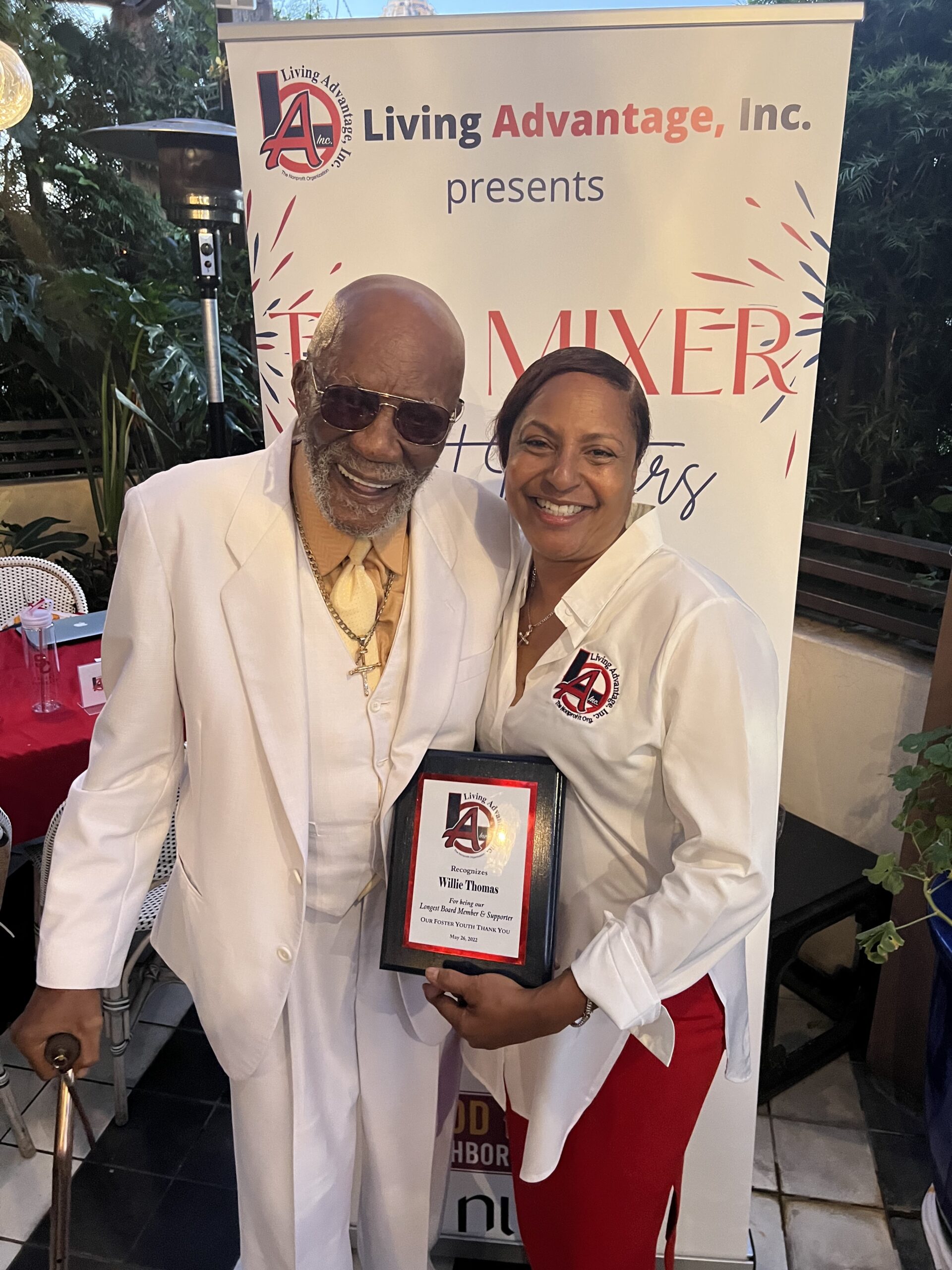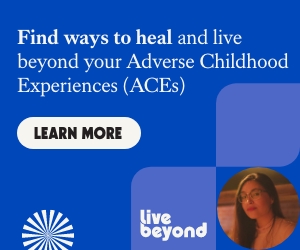Joe W. Bowers Jr. | California Black Media
In recent weeks, California’s mostly tranquil college quads have erupted into epicenters of pro-Palestine and anti-Israel activism. At Stanford’s White Plaza, dozens of tents have sprung up, while UCLA’s Royce Hall was tagged with the graffiti message “Free Gaza”. Students are demanding divestment from companies linked to Israel and calling for a U.S. government-brokered ceasefire in the ongoing Israeli-Hamas conflict.
A Groundswell of Support, But Tensions Rise
This wave of protests and student encampments reflects a surge of support for Palestinian civilians in Gaza which has ignited tensions on campuses. As the protesters try to stand their ground, daily disruptions to campus routines including affecting graduation ceremonies, clashes involving students with and against non-student agitators, trespassing, and acts of vandalism underscore the issue’s complexity and its profound impact on university communities.
Balancing Act for University Leaders
The student protests have posed a formidable challenge for administrators who must balance respecting free speech and the right to protest with maintaining safe and stable conditions on campus for students to pursue their studies, while also ensuring staff can perform their jobs effectively.
These challenges require university leaders to tread carefully to navigate the tensions and uphold core university values. Their decisions shape not only campus life but also the broader discourse on democracy and civil rights.
A New Era of Activism
While echoing the spirit of past student movements, today’s student protests differ from those of the 1960s and 1970s, which focused on broader social and political affairs, encompassing issues like civil rights, the Vietnam War, and campus culture. These protests align more with the 1980s’ anti-apartheid protests, sharing a focus on specific global issues, collective action for institutional change, and campus-based activism.
A key difference is today’s use of social media as an organizing tool.
The Rise of Social Media
Social media platforms like Twitter, TikTok, and Instagram enable rapid mobilization but can inadvertently create echo chambers, where students encounter information that reinforces their existing beliefs. This fosters a more polarized environment compared to the reliance on traditional campus newspapers, mainstream media coverage and political pamphlets and leaflets of the past.
The Challenge of Antisemitism
The current wave of protests risk tipping into intolerance by conflating criticism of Israel with prejudice against Jewish students. Universities face a delicate challenge: creating an environment where pro-Palestinian and pro-Israeli voices can be heard, while maintaining respect and ensuring that rising antisemitism does not take hold.
Historically, Jewish students have been at the forefront of social justice movements, marching alongside Black students for civil rights and LGBTQ+ students for equal rights. However, today some Jewish students feel a lack of similar support from student groups advocating for the Palestinian cause. As a result, some report feeling intimidated and unsafe on campus.
Universities must cultivate an atmosphere of inclusivity and intersectionality, ensuring students from all backgrounds can advocate for their beliefs. Open dialogue and mutual respect are essential to avoid marginalizing any group or cause.
From Civil Disobedience to Increased Police Presence
The increased reliance on law enforcement to manage student protests today is a stark contrast to the 60s and 70s, when administrators often tolerated civil disobedience. Universities today seem quicker to call in police to disperse encampments or quell disruptions, raising concerns about the potential for police using excessive force on students and the chilling effect it may have on free speech.
History reminds us of tragedies like the Kent State shootings in 1970, where National Guard troops opened fire on unarmed students protesting the Vietnam War, leaving four dead and nine wounded. Days later, at Jackson State, police shot two dead and injured twelve during a racial injustice protest by Black students exercising their First Amendment right to assemble. These tragedies highlight the dangers of using excessive force against student protestors.
Police force should be a last resort against student protestors. Universities must prioritize de-escalation, while ensuring that police maintain peace when necessary.
Examples Across California Campuses: From Peaceful to Disruptive
UC Berkeley reflects the broader nationwide movement, with students camped out in Sproul Plaza demanding divestment from Israel and creation of a Palestinian studies program.
Similar protests have sprung up at Stanford, San Francisco State University, Occidental, UC Irvine, and UC Riverside with varying degrees of disruption and administrative responses. At Sonoma State University, protests have been relatively subdued, with campus police taking a hands-off approach.
The situation at the University of Southern California (USC) reached a boiling point, with arrests, the cancellation of a pro-Palestinian valedictorian’s speech, and ultimately, the university cancelling its main commencement ceremony.
UCLA witnessed a convergence of pro-Palestinian and pro-Israeli groups, leading to confrontations that escalated to violence. Following a night of clashes prolonged due to delayed police intervention, classes were cancelled, and ultimately police were called in to dismantle the pro-Palestinian protesters’ unlawful encampment.
A Call for Open Discussion and Understanding
These student protests highlight growing activism on campuses and underscore the complex challenges university leaders face when managing passionate student demonstrations and navigating pressure from lawmakers and alumni.
Universities have a unique opportunity and a responsibility to their students to create forums for open discussion, foster empathy, understanding, and peaceful protest in a world brimming with conflict.


